Stenocereus Cacti: 29 Varieties to Enhance Your Cactus Collection
Imagine a desert landscape adorned with majestic, cylindrical plants reaching heights of up to 20 feet. These are the remarkable Stenocereus cacti, a genus of stunning, columnar cacti native to the Americas. From Mexico to the Caribbean, these resilient plants thrive in arid environments, captivating nature enthusiasts with their unique forms and adaptations.
Brace yourself for a visual feast as we unveil 29 remarkable Stenocereus cactus varieties, complete with vivid descriptions and mesmerizing pictures. Whether you’re a seasoned cactus collector or a curious newcomer, this comprehensive guide will leave you in awe of these extraordinary desert dwellers.
Contents
- 1 Stenocereus Cactus Varieties: A Breathtaking Panorama
- 1.1 Stenocereus alamosensis (Octopus Cactus)
- 1.2 Stenocereus aragonii
- 1.3 Stenocereus beneckei
- 1.4 Stenocereus chacalapensis
- 1.5 Stenocereus chrysocarpus
- 1.6 Stenocereus dumortieri
- 1.7 Stenocereus eichlamii
- 1.8 Stenocereus eruca (Creeping Devil Cactus)
- 1.9 Stenocereus fimbriatus (Spanish Stenocereus)
- 1.10 Stenocereus fricii
- 1.11 Stenocereus griseus (Mexican Organ Pipe Cactus)
- 1.12 Stenocereus gummosus (Galloping Cactus)
- 1.13 Stenocereus hollianus cristata
- 1.14 Stenocereus humilis
- 1.15 Stenocereus hystrix
- 1.16 Stenocereus kerberi
- 1.17 Stenocereus laevigatus
- 1.18 Stenocereus marginatus (Mexican Fence Post Cactus)
- 1.19 Stenocereus martinezii
- 1.20 Stenocereus montanus
- 1.21 Stenocereus pruinosus
- 1.22 Stenocereus queretaroensis
- 1.23 Stenocereus quevedonis
- 1.24 Stenocereus standleyi
- 1.25 Stenocereus stellatus
- 1.26 Stenocereus thurberi (Organ Pipe Cactus)
- 1.27 Stenocereus thurberi subsp. littoralis
- 1.28 Stenocereus thurberi subsp. thurberi
- 1.29 Stenocereus treleasei
- 1.30 Stenocereus weberi
- 2 Caring for Your Stenocereus Cactus: A Practical Guide
- 3 Propagating Stenocereus Cacti
- 4 FAQs
Stenocereus Cactus Varieties: A Breathtaking Panorama
Stenocereus alamosensis (Octopus Cactus)
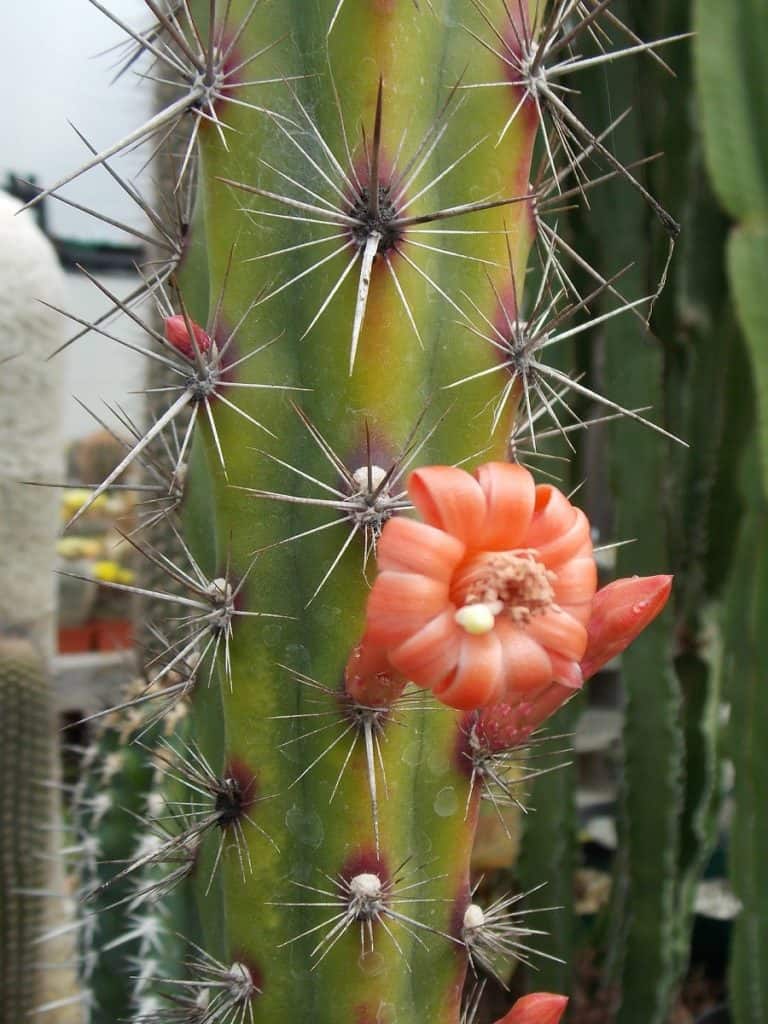
Stenocereus aragonii
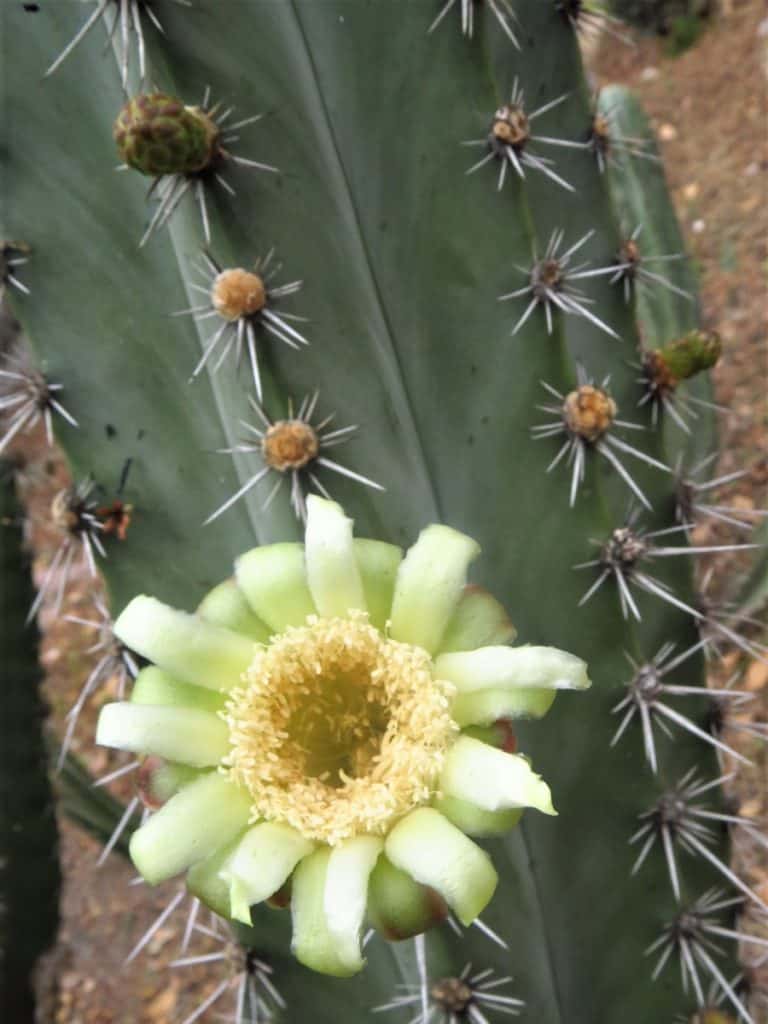
Stenocereus beneckei
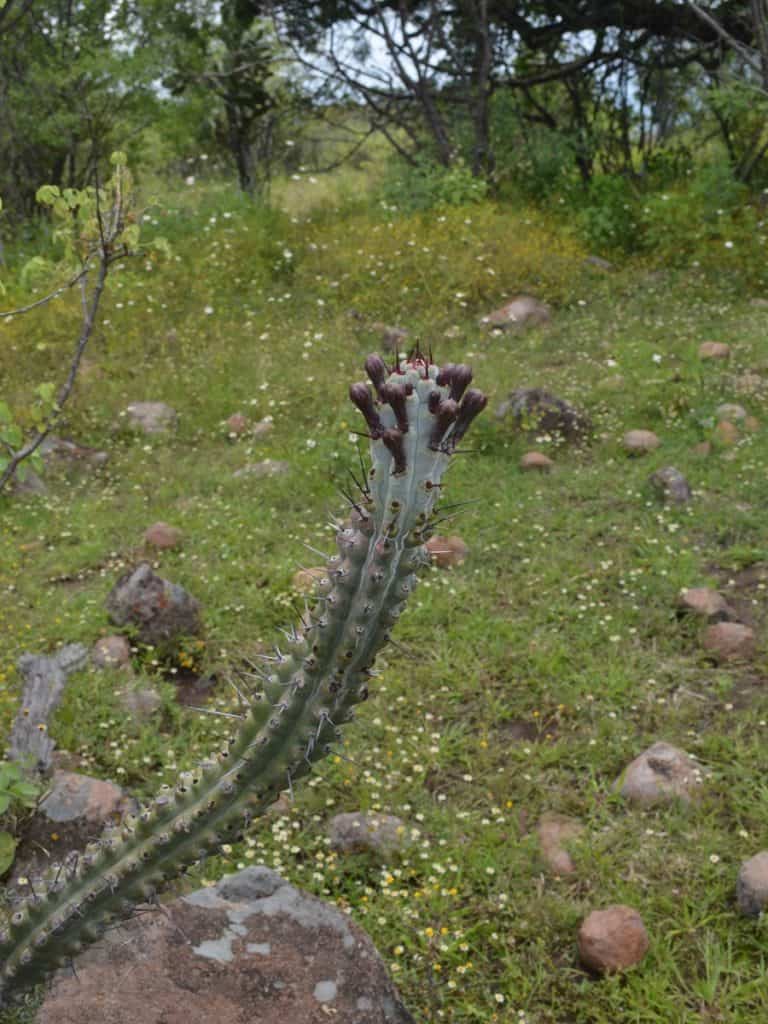
A shrubby, semi-prostrate cactus forming untidy, much-branched bushes up to 6 feet tall, with an attractive grey-white bloom on new growth.
Stenocereus chacalapensis
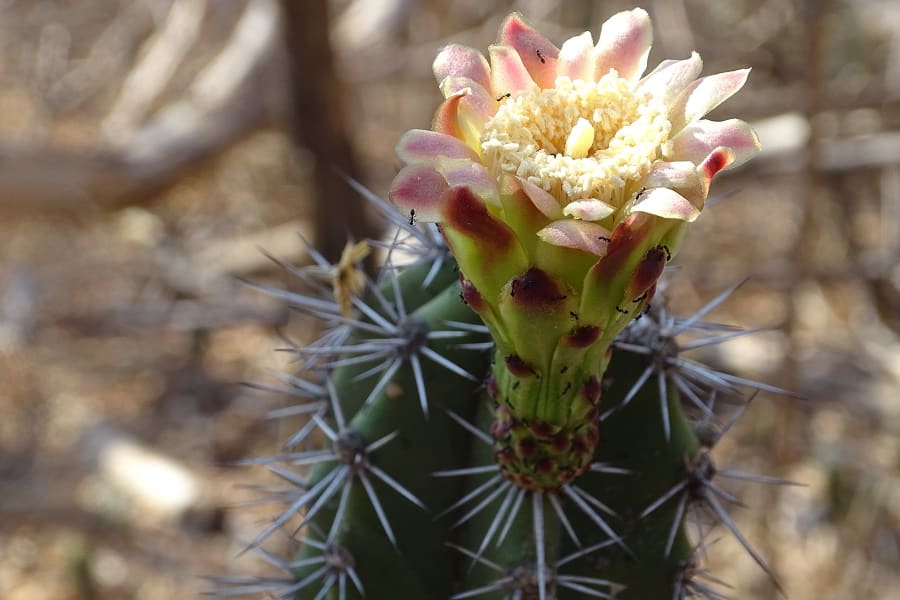
Stenocereus chrysocarpus
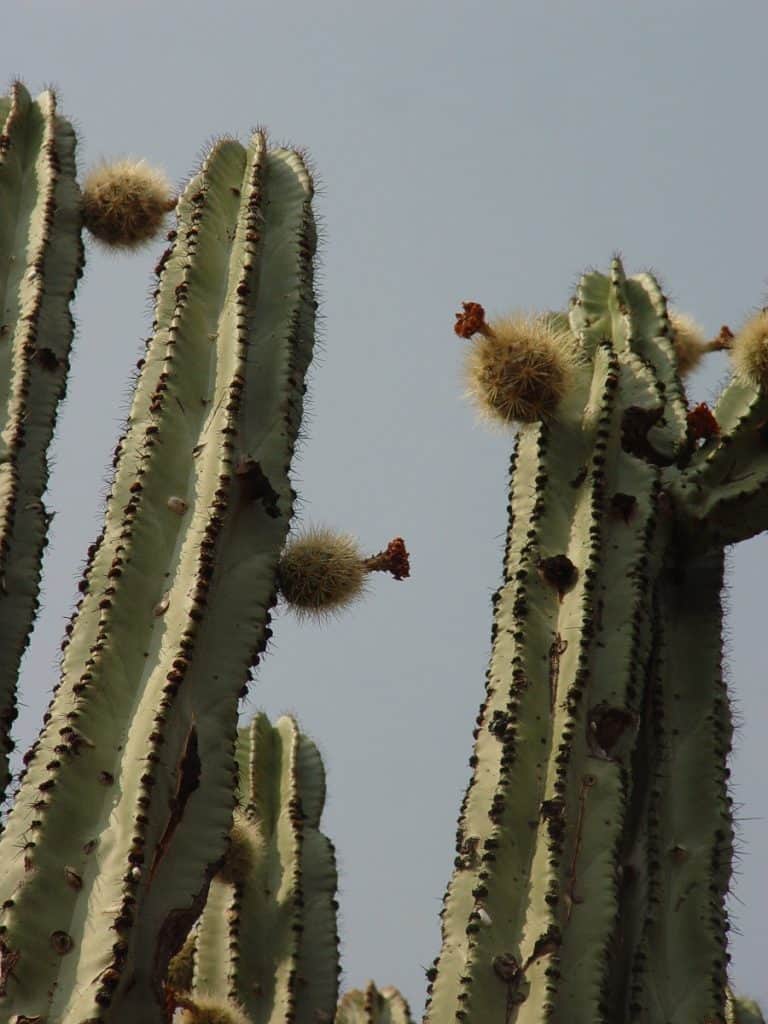
Stenocereus dumortieri
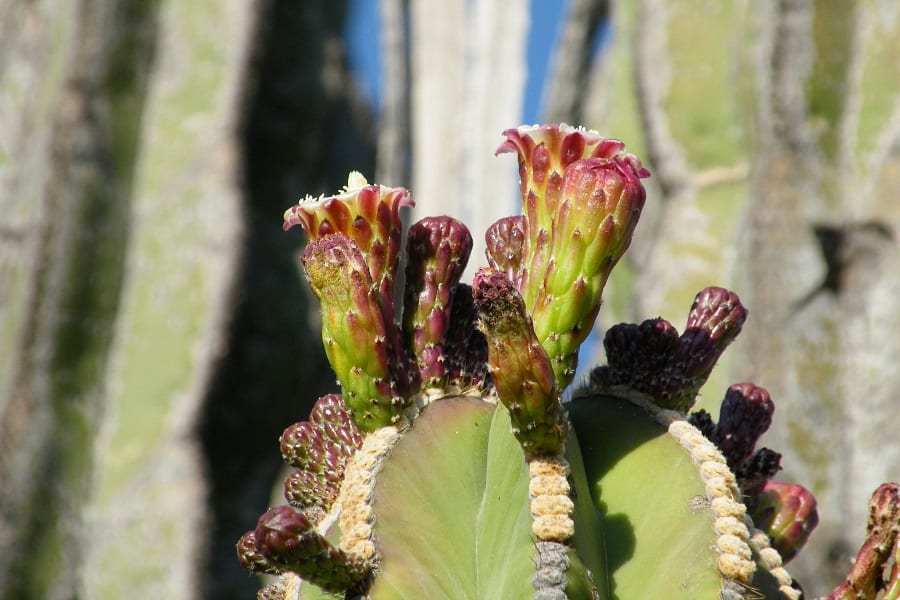
Stenocereus eichlamii
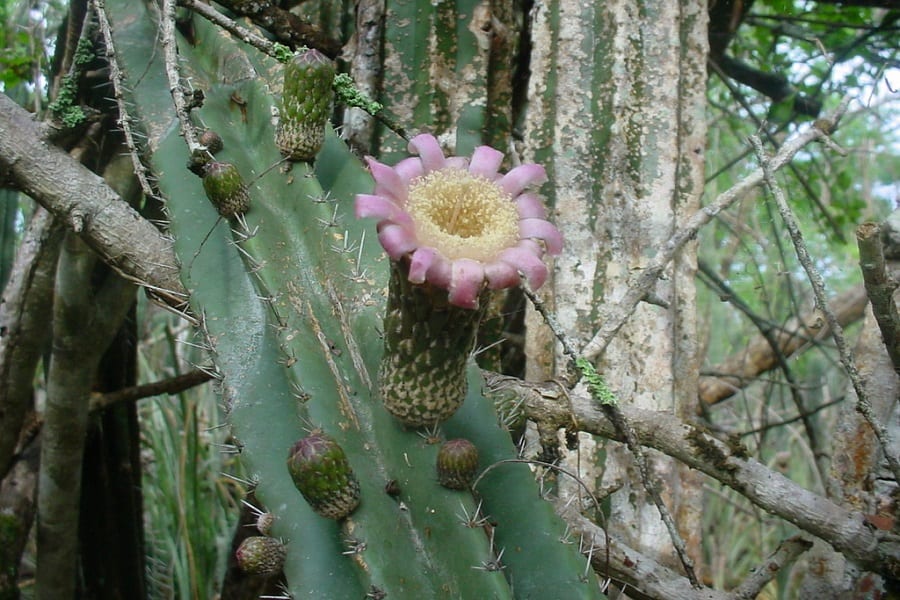
Stenocereus eruca (Creeping Devil Cactus)
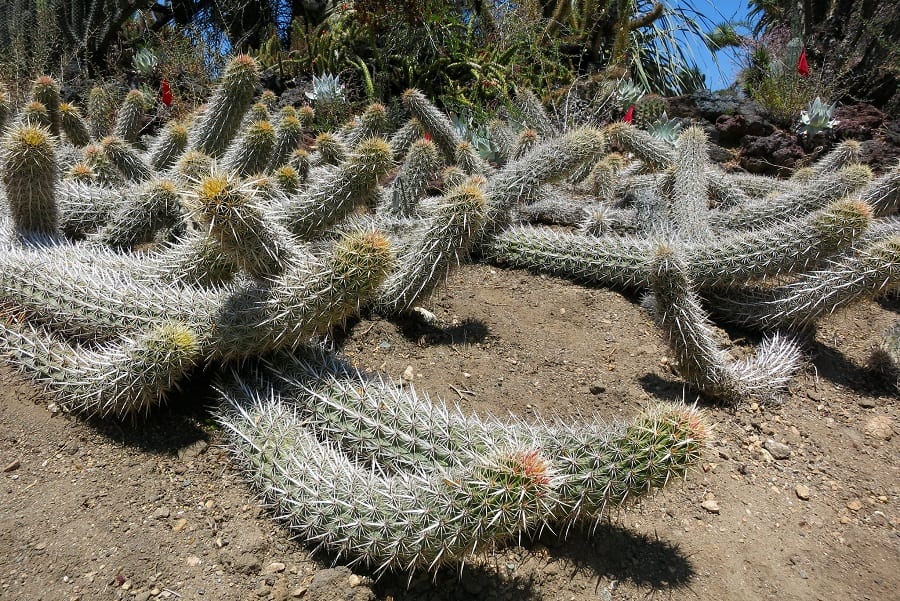
One of the strangest cacti, with strongly armed prostrate stems up to 10 feet long and 4-8 inches in diameter, creeping and taking root, eventually covering vast areas.
Stenocereus fimbriatus (Spanish Stenocereus)
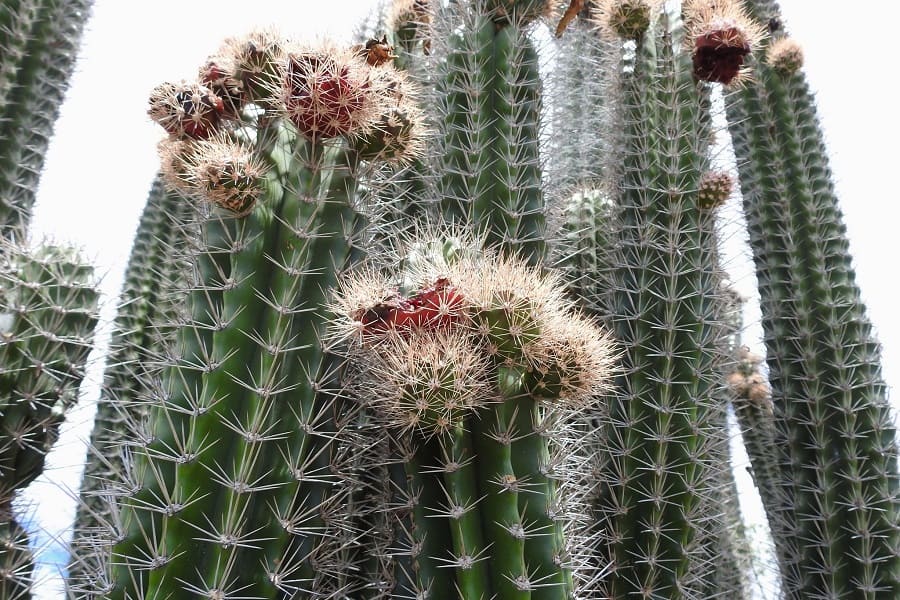
Stenocereus fricii
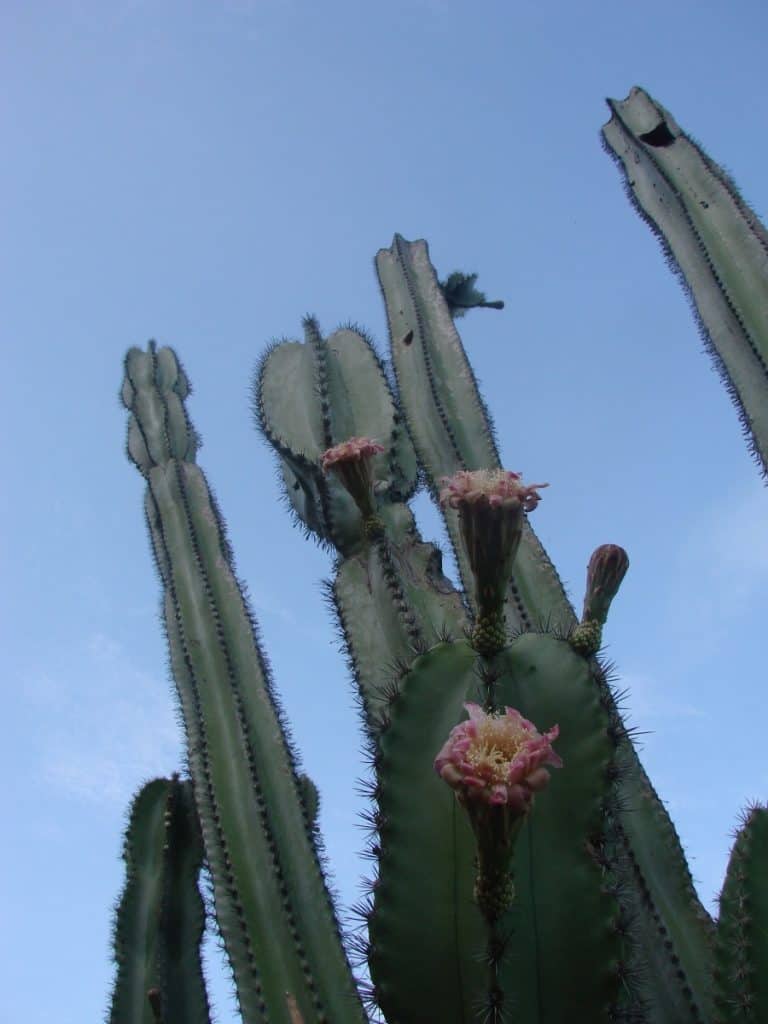
Stenocereus griseus (Mexican Organ Pipe Cactus)
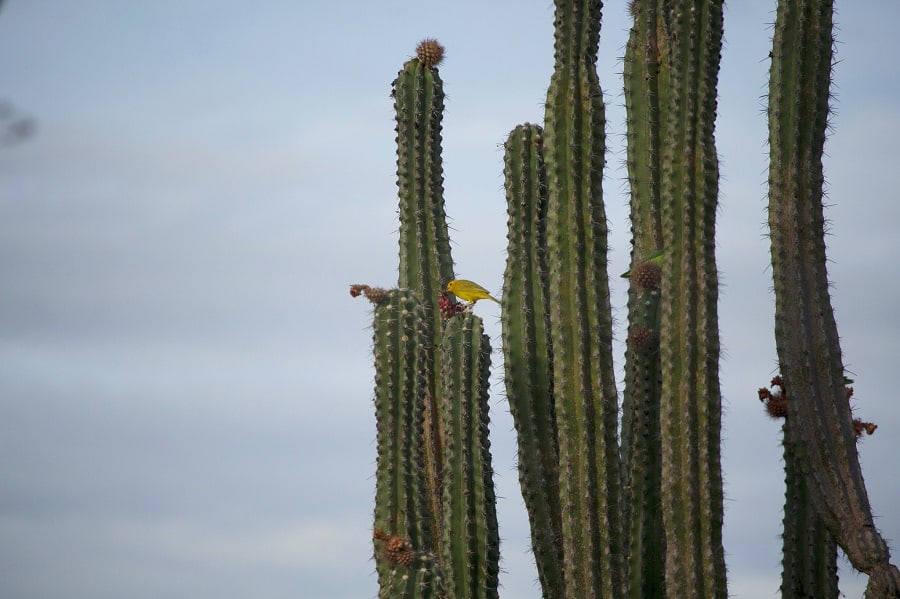
Stenocereus gummosus (Galloping Cactus)
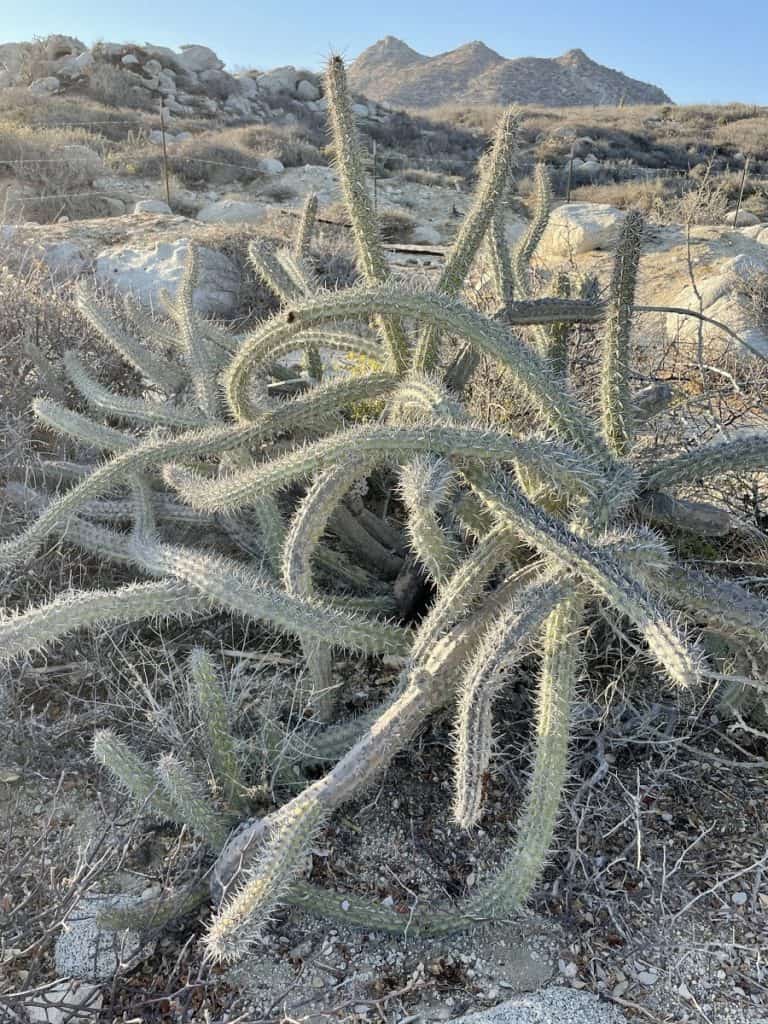
Stenocereus hollianus cristata
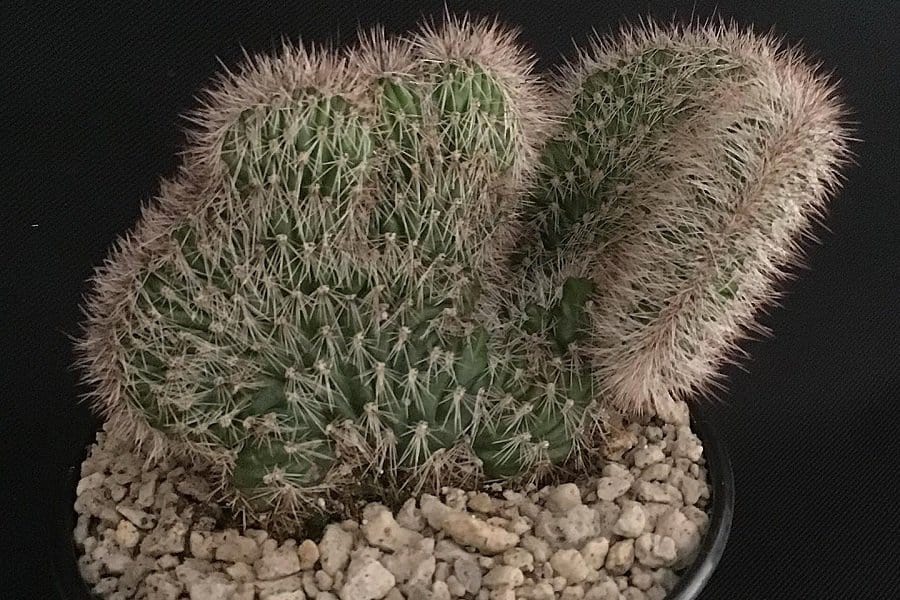
Native to Baja California, Mexico, Arizona, and Colombia, with thick, twisting, worm-like stems.
Stenocereus humilis

Stenocereus hystrix
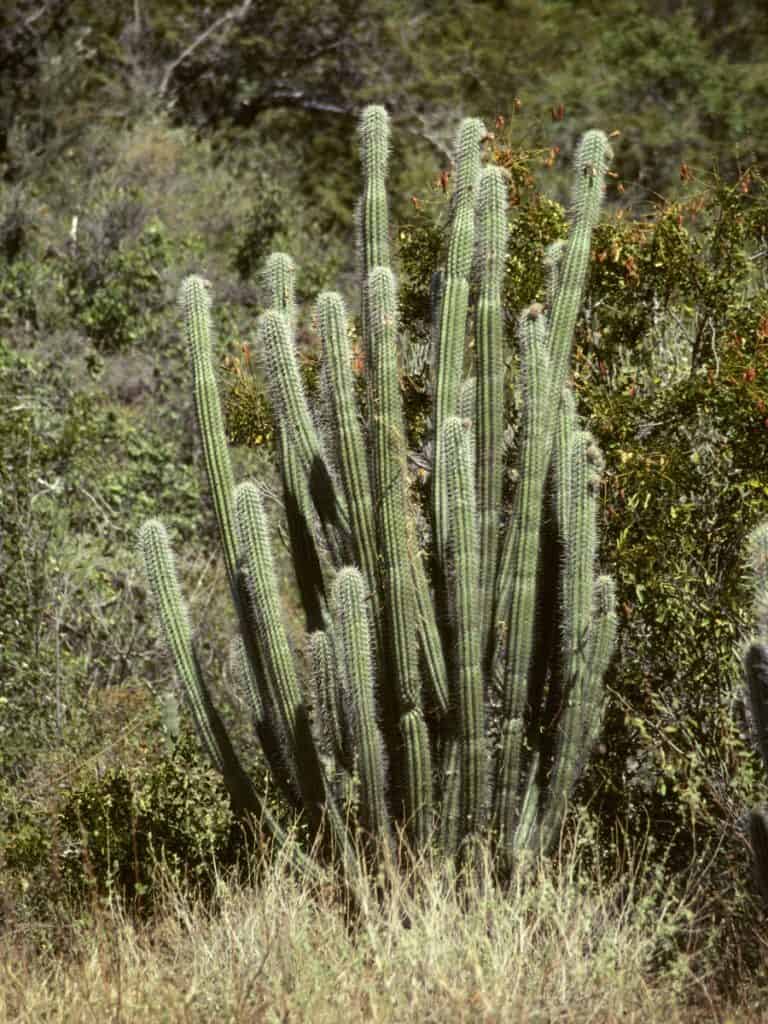
Stenocereus kerberi
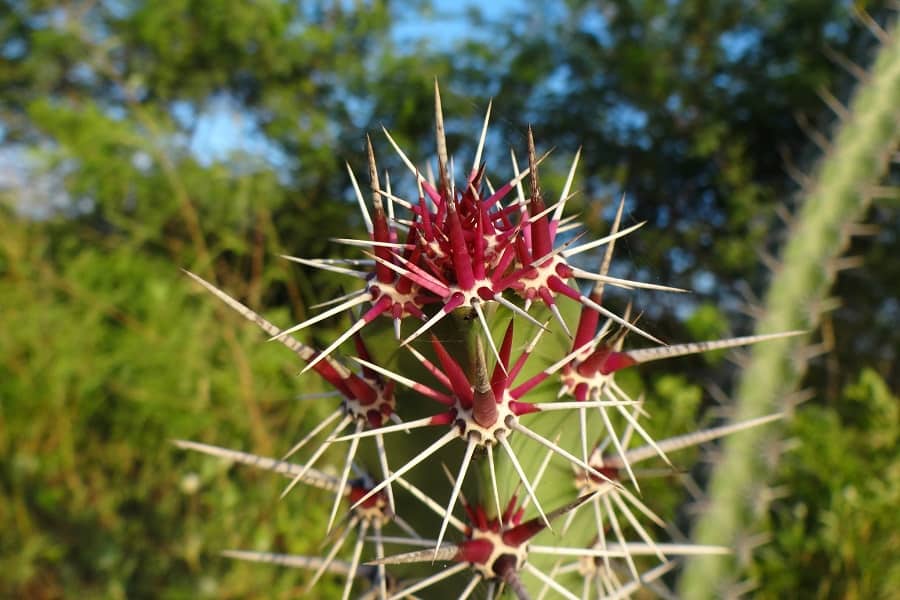
Stenocereus laevigatus
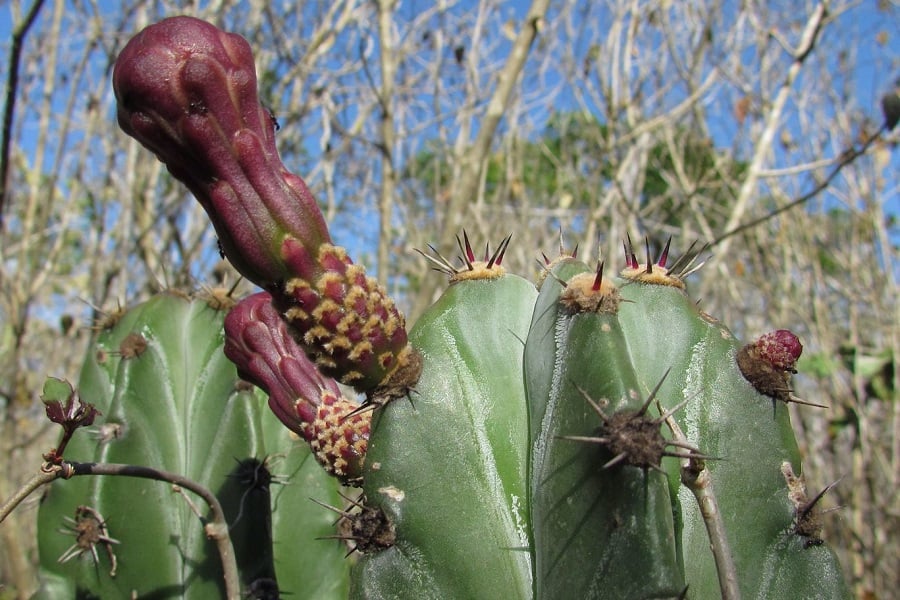
Stenocereus marginatus (Mexican Fence Post Cactus)

Featuring a large, cylindrical, dark green stem with multiple ribs and white or brown spiny edges, often used as living fences.
Stenocereus martinezii
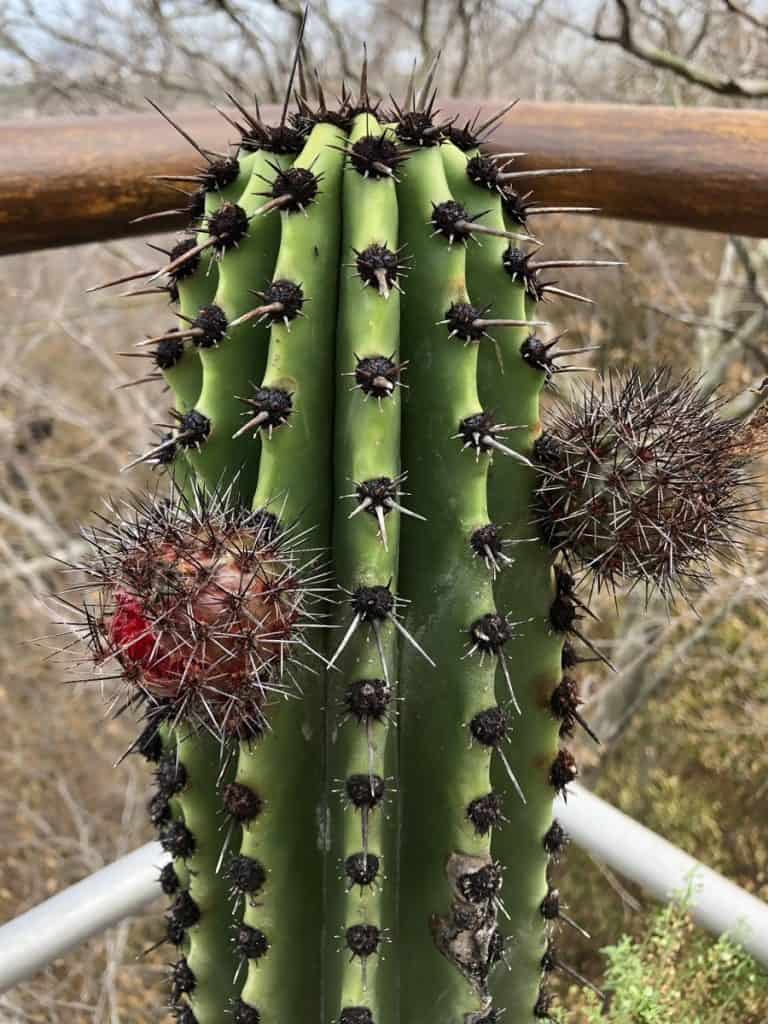
Stenocereus montanus
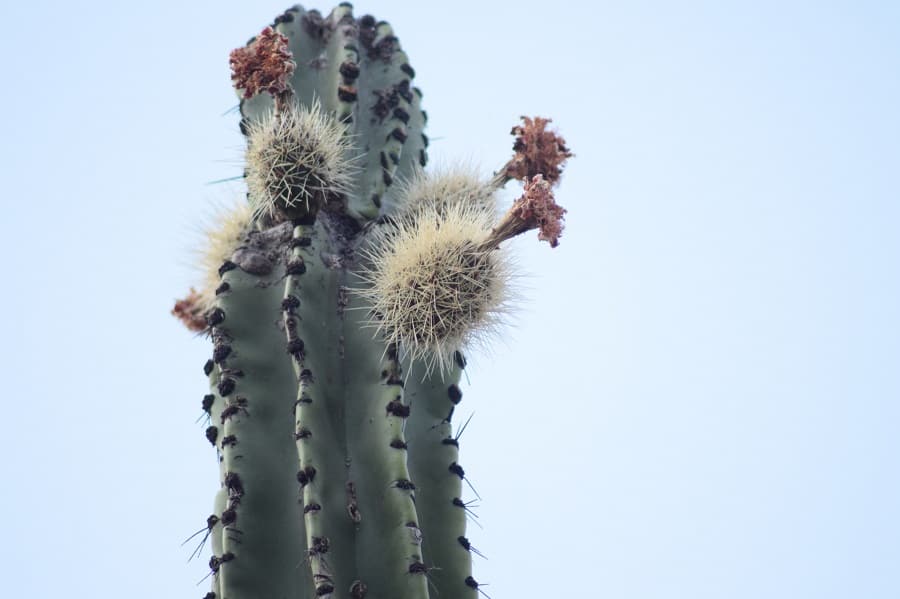
Stenocereus pruinosus
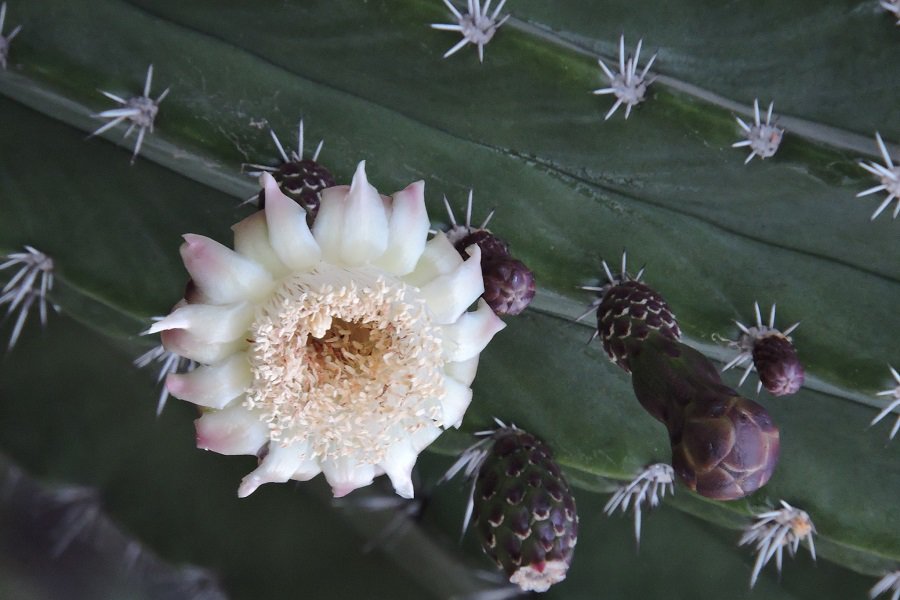
Popular for its edible yellow, orange, or purple fruit, with large columns, fewer ribs, and spines than other species.
Stenocereus queretaroensis
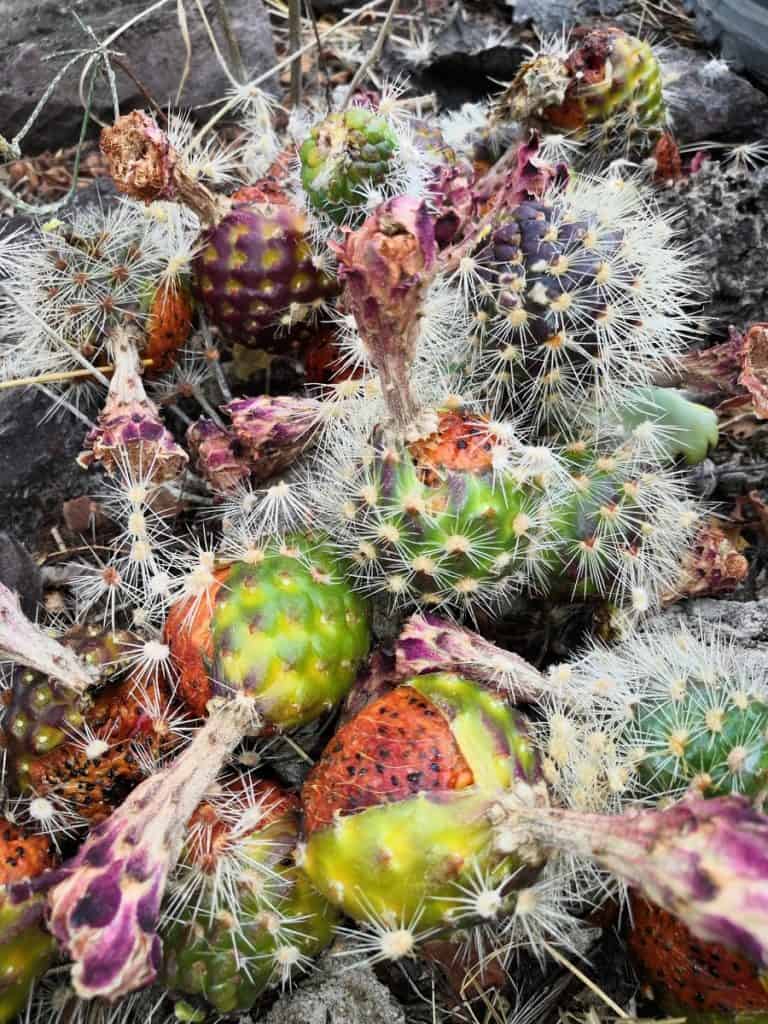
Stenocereus quevedonis
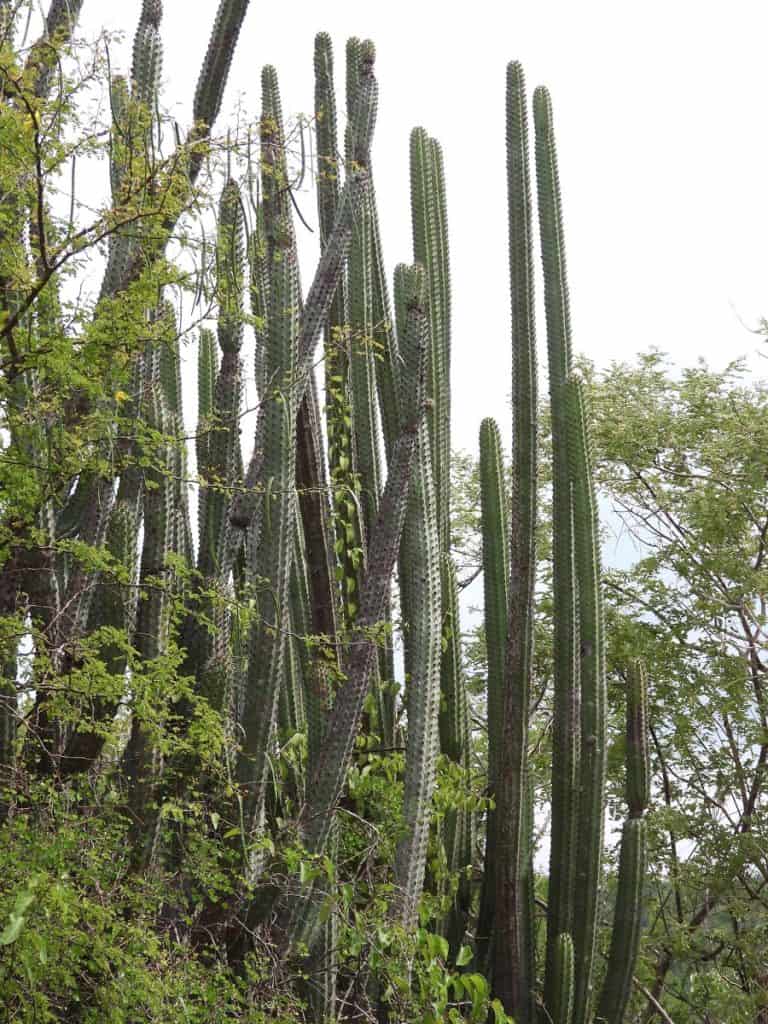
Stenocereus standleyi
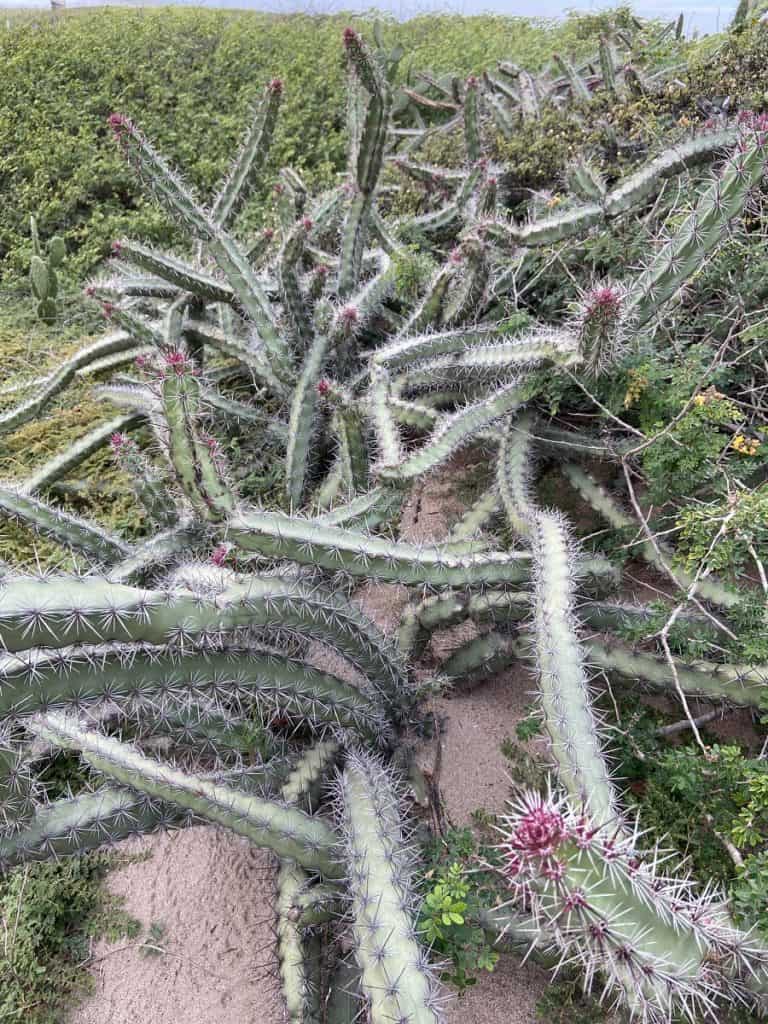
Stenocereus stellatus

A shrubby or tree-like columnar cactus, branching at the base, reaching 8-13 feet in height.
Stenocereus thurberi (Organ Pipe Cactus)
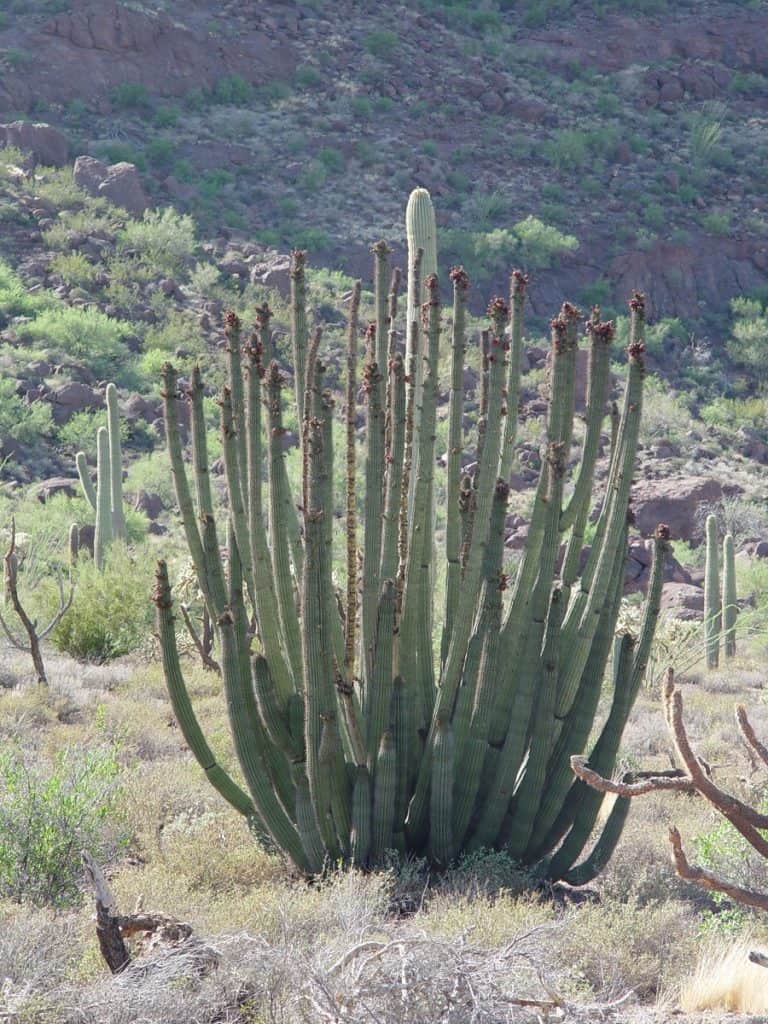
A large, multi-stemmed shrub or tree-like cactus without a definite trunk, reaching up to 33 feet tall, prized for its delicious fruit known as pitahaya.
Stenocereus thurberi subsp. littoralis
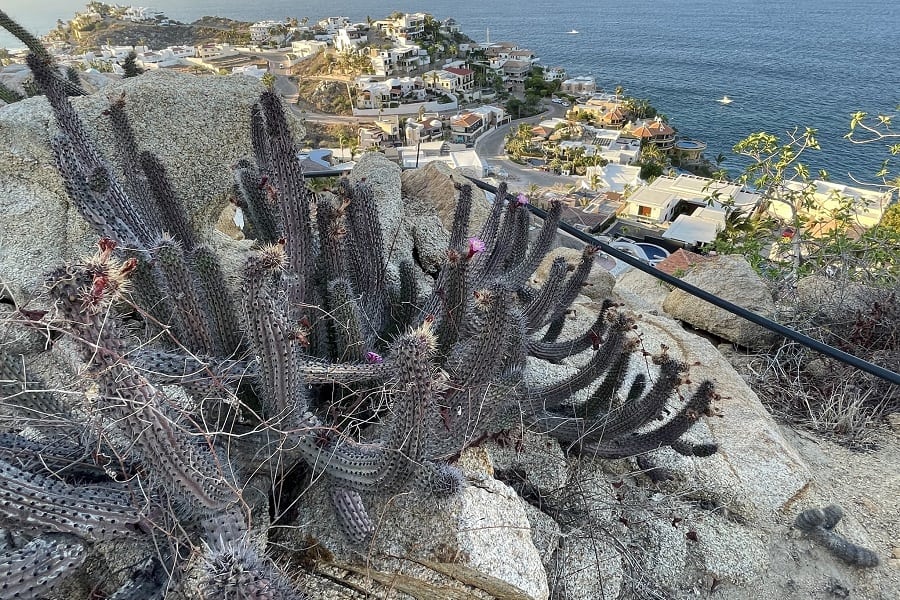
Stenocereus thurberi subsp. thurberi
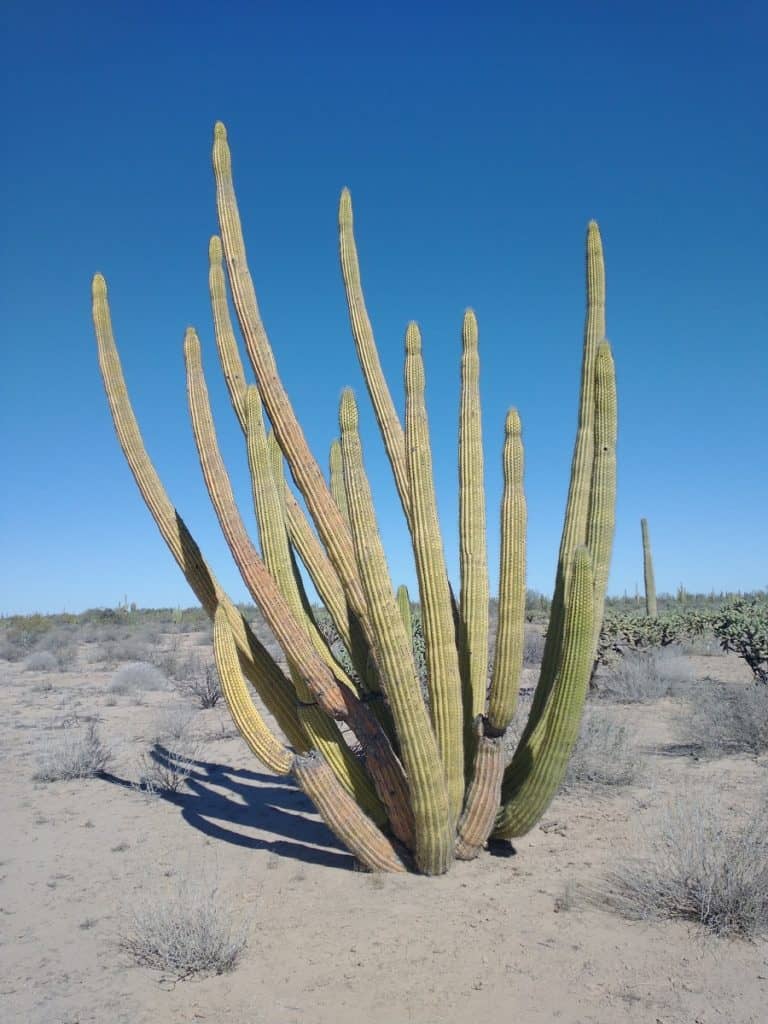
Stenocereus treleasei
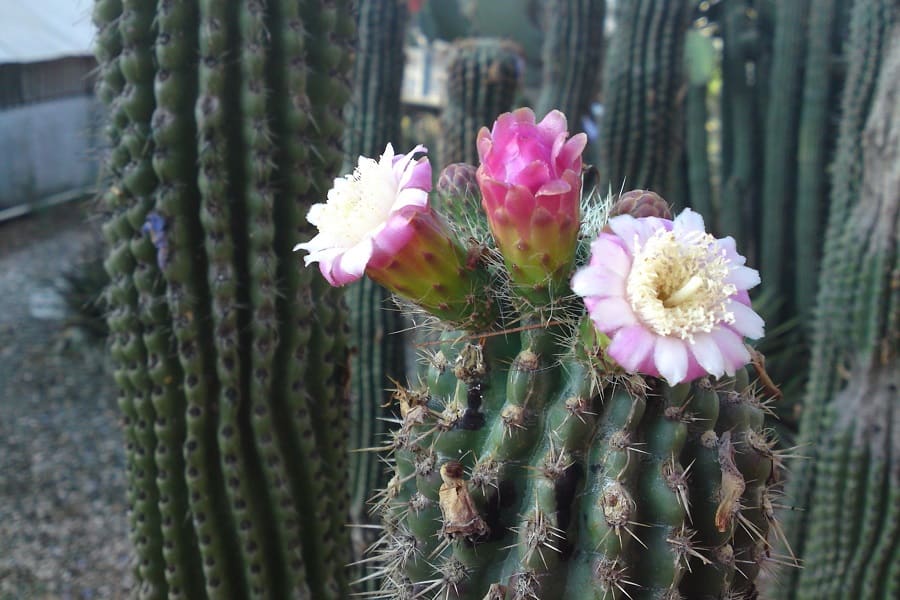
Stenocereus weberi
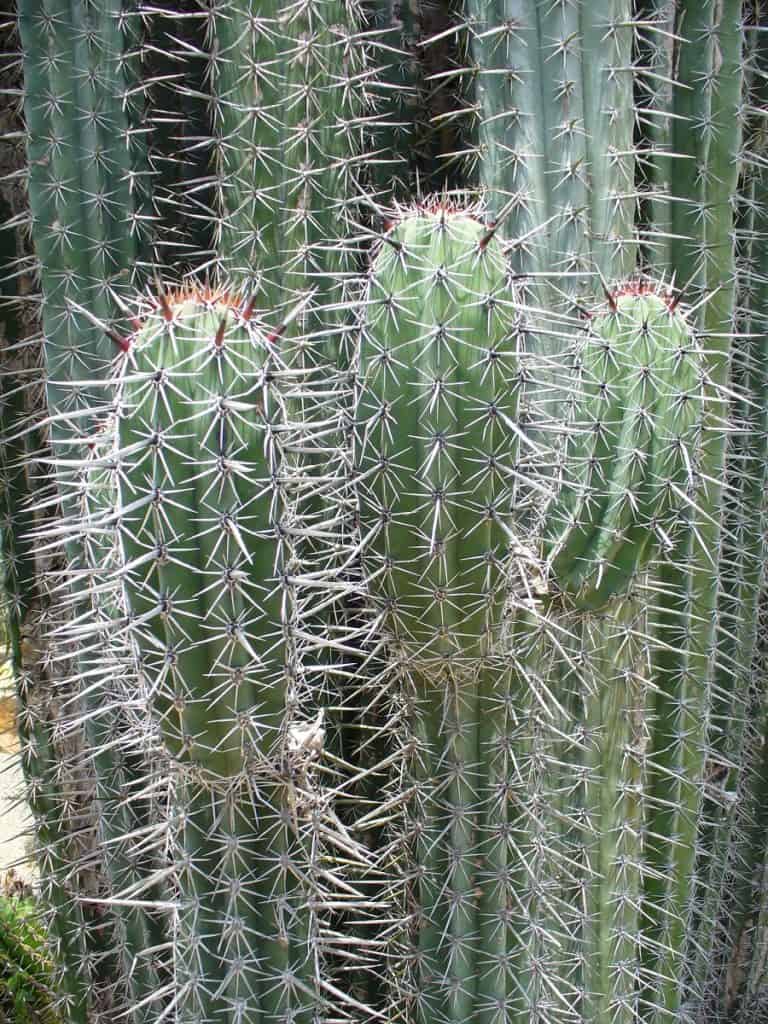
See also:
1,000 Types of Cacti with Pictures
Caring for Your Stenocereus Cactus: A Practical Guide
Light
Stenocereus cacti thrive in abundant sunlight, requiring at least 6 hours of direct sun exposure outdoors or a bright, sunny window for indoor cultivation. Supplemental artificial lighting can be used if natural light is limited.
Water
During spring and summer, water your Stenocereus cactus every 7-10 days, allowing the soil to dry completely between waterings. Avoid overwatering, as it can lead to root rot. In winter, reduce watering significantly or avoid it altogether during dormancy.
Soil
Use a well-draining cactus/succulent potting mix and amend it with sand or perlite to improve drainage. Avoid soils with fine particles that can retain moisture and lead to root rot.
Temperature
Stenocereus cacti flourish in warm temperatures between 65°F and 85°F (18°C and 29°C). They can be grown outdoors in USDA hardiness zones 9-11 or indoors year-round. During winter, protect them from freezing temperatures below 25°F (-4°C).
Fertilizer
During the growing season, fertilize your Stenocereus cactus once every 1-2 months with a cactus-specific fertilizer diluted in water. Avoid fertilizing during winter dormancy.
Potting
Use porous containers with drainage holes to prevent waterlogging. Repot annually or every other year into slightly larger pots to accommodate growth.
Pests and Diseases
Monitor for pests like mites, bugs, and whiteflies, which can be treated with appropriate insecticides or by increasing humidity temporarily. Prevent rot and fungal diseases by avoiding overwatering and ensuring proper light and air circulation.
Propagating Stenocereus Cacti
Stenocereus cacti are not only captivating to behold but also remarkably easy to propagate. Whether you’re aiming to expand your collection or share these desert gems with fellow enthusiasts, propagation offers an exciting opportunity to witness the growth of new Stenocereus specimens. Follow these step-by-step guides to propagate your Stenocereus cacti successfully.
From Stem Cuttings
- Using a sharp, clean knife or pruners, take a stem cutting from a healthy Stenocereus cactus, making an angled cut.
- Allow the cut end to callus over by letting it dry for several days in a shaded area.
- Prepare a well-draining cactus potting mix in a container with drainage holes.
- Plant the calloused cutting, gently firming the soil around it to ensure it stands upright.
- Water the potting mix lightly and place the container in a bright, warm location.
- Monitor the soil moisture, watering only when the top inch of soil is dry.
- With proper care, roots will develop, and new growth will emerge.
From Seeds
- Obtain fresh Stenocereus cactus seeds from a reputable source.
- Fill a seed-starting tray or small pots with a well-draining cactus potting mix.
- Sow the seeds on the soil surface, spacing them apart, and cover them with a thin layer of the potting mix.
- Lightly water the soil and place the tray or pots in a warm, bright location.
- Keep the soil moist but not waterlogged until germination occurs.
- Once seedlings emerge, gradually reduce watering frequency but maintain adequate moisture.
- Transplant the seedlings into individual pots when they’re large enough to handle.
With patience and proper care, these propagation methods will reward you with new Stenocereus cacti, allowing you to expand your collection or share the joy of these remarkable plants with others.
FAQs
Is there a cactus that moves toward water?
One fascinating member of the Stenocereus genus is the Stenocereus eruca, commonly known as the Creeping Devil cactus. Native to the Baja California Sur region of Mexico, this peculiar cactus grows horizontally instead of vertically. As the growing end continually sprouts new roots to obtain water, the rear portion withers away, enabling the cactus to “crawl” across the desert landscape. While it thrives in moist environments, it doesn’t fare as well in extremely hot climates.
How tall does Organ Pipe Cactus get?
The impressive Organ Pipe Cactus (Stenocereus thurberi) can reach towering heights of up to 16-20 feet when grown outdoors in suitable conditions. Its width can extend up to 12 feet, with stem spines measuring an astonishing 20 inches long. However, when cultivated in containers or pots, the Organ Pipe Cactus’s height will be restricted due to the limited root growth.
Where does Organ Pipe Cactus grow?
The Organ Pipe Cactus is well-adapted to hot, arid climates and is primarily found in regions of Mexico and the United States, particularly in and around Arizona. In fact, the Organ Pipe Cactus National Monument in Arizona is home to a significant population of these majestic cacti.
How often should I water my Organ Pipe Cactus?
If you’re growing your Organ Pipe Cactus outdoors, natural rainfall will typically provide sufficient water for its growth. However, it’s crucial to ensure proper drainage to prevent waterlogging and root rot. During periods without rain, you can lightly water the cactus once the soil has completely dried out. Remember, this cactus is designed to thrive with minimal water and doesn’t require watering during the winter dormancy period.
